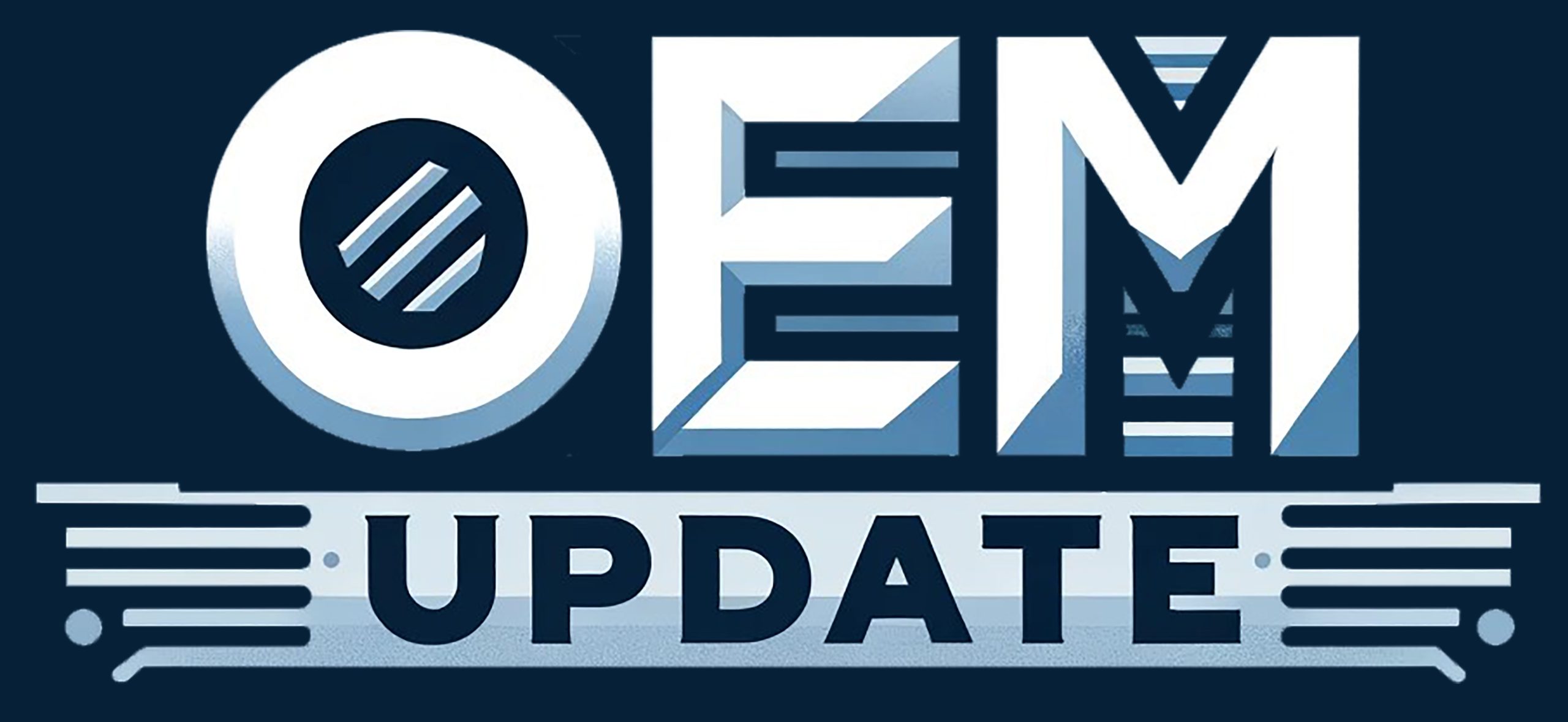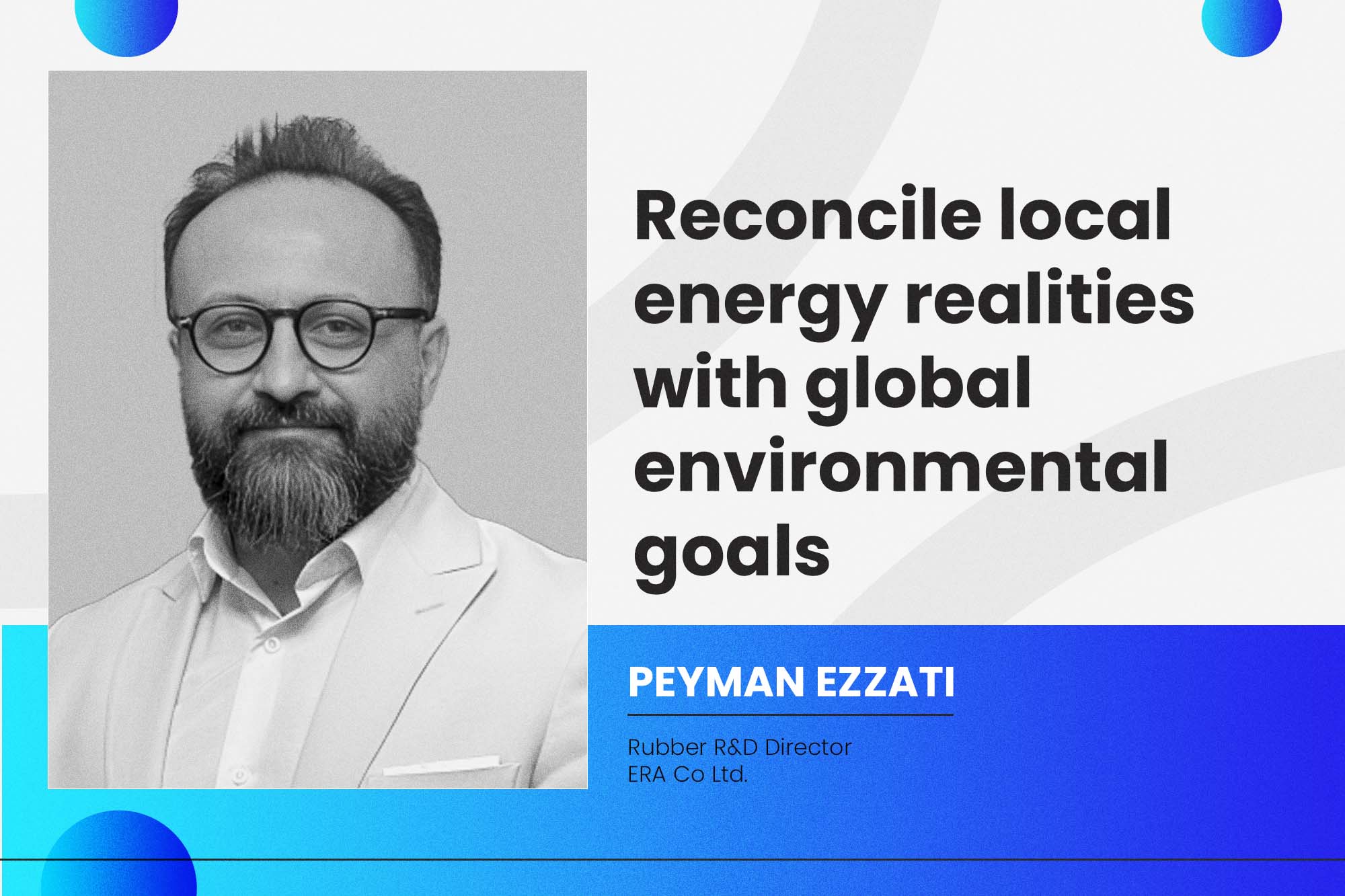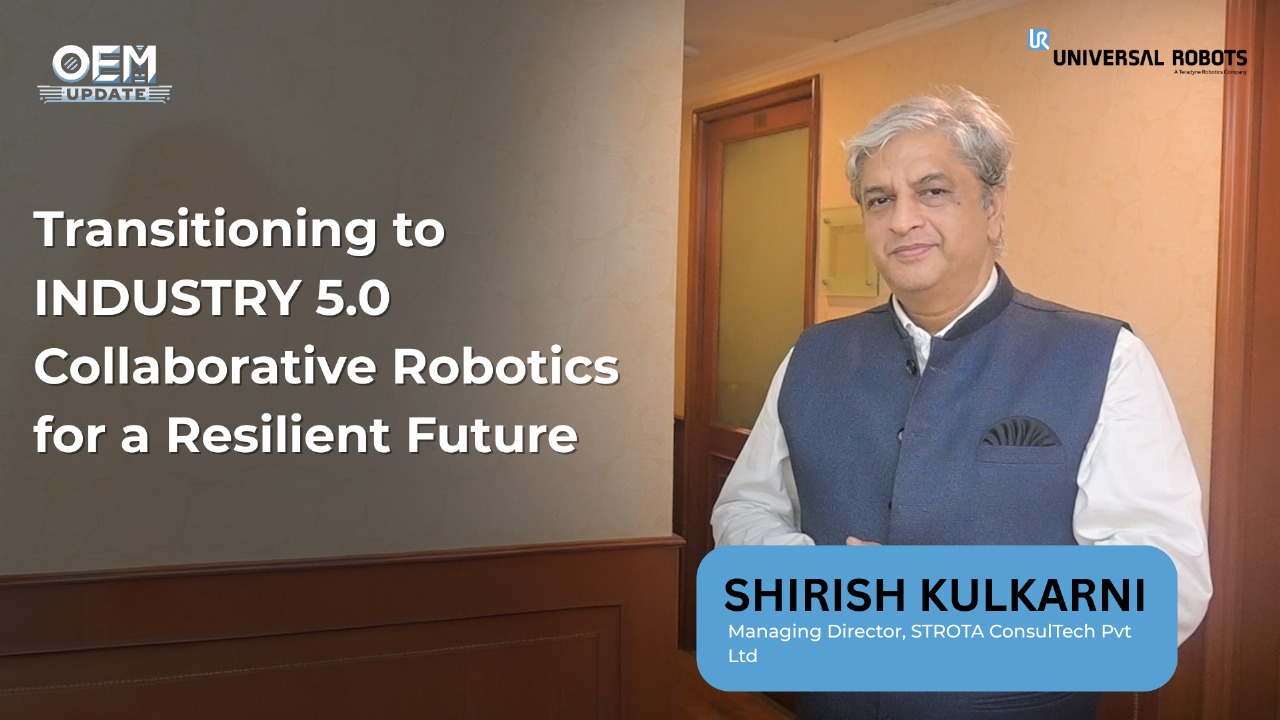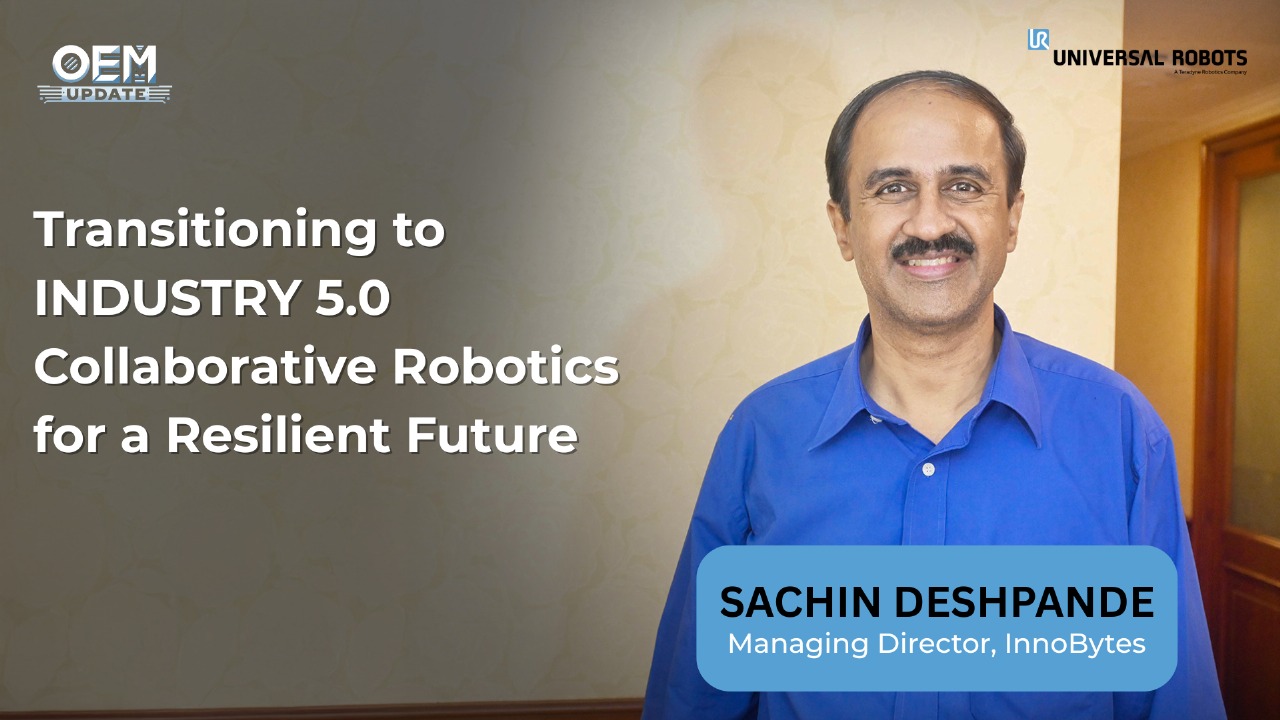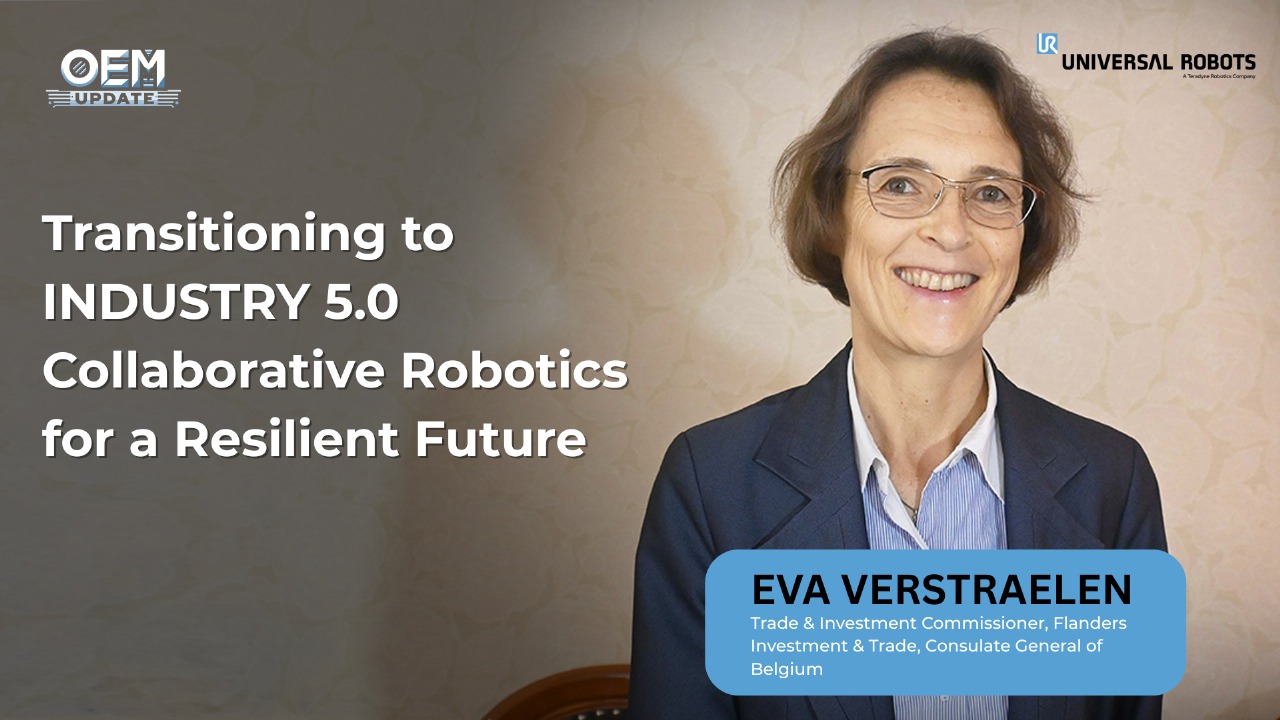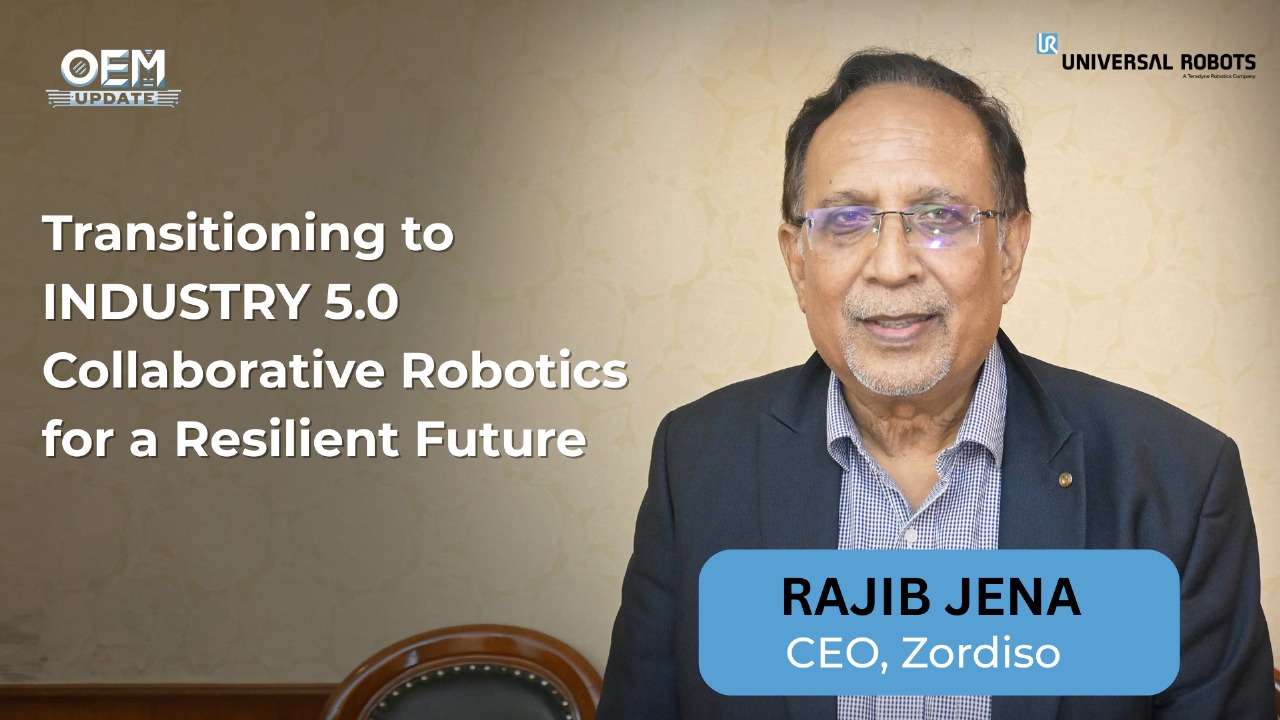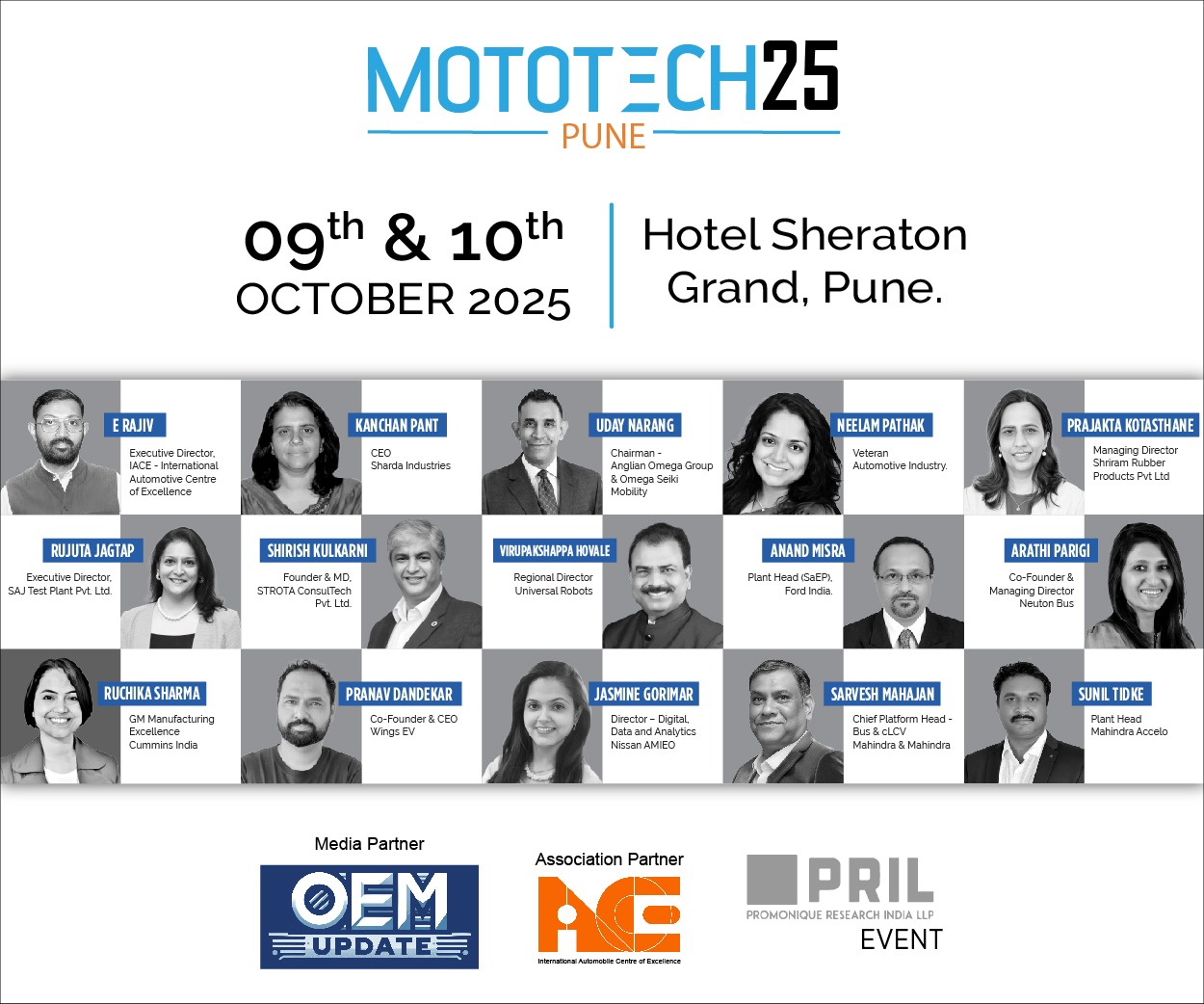Reconcile local energy realities with global environmental goals
By Staff Report July 3, 2025 5:28 pm IST
The primary challenge for OEMs is aling local energy realities with global environmental goals. Addressing this often requires upfront investment in on-site renewables or entering into long-term power purchase agreements (PPAs) for green electricity. Peyman Ezzati, Rubber R&D Director at ERA Co Ltd, discusses the challenges global OEMs face in standardising energy management practices across geographically diverse operations.
Standardising energy systems across borders
Global OEMs are grappling with integrating energy management strategies with various regulatory frameworks, regional policies, and corporate sustainability objectives. In response, many have adopted ISO 50001 as a global framework for standardising energy practices across all manufacturing sites. However, implementation is never one-size-fits-all. Instead, OEMs must build adaptable systems that align global objectives with local constraints.
Siemens and Bosch use centralised energy management protocols, but regional teams customise strategies based on local tariffs, renewable availability, and legal obligations. This dual-layered approach ensures compliance with the EU’s Fit for 55 packages while remaining responsive to India’s Perform, Achieve and Trade (PAT) scheme or China’s dual-carbon goals.
Decentralised supply chains have created manufacturing hubs with vastly different grid conditions spread across regions with vastly different energy infrastructure and grid reliability. Maintaining energy efficiency in such environments requires digitised, data-driven energy management frameworks capable of providing real-time insights and remote optimisation.
Digital twins, virtual factory models, are highly effective for simulating energy usage and testing in factories. Toyota utilises digital twins in plants across Japan, the U.S., Turkey, and Thailand to analyse real-time energy data and adjust operations accordingly. They’ve maintained consistent energy intensity metrics despite regional discrepancies in electricity quality and availability.
When local realities clash with global targets
One of the primary challenges lies in reconciling local energy realities with global environmental goals. An OEM may expand into a region where the grid is heavily fossil-fuel dependent, increasing its scope 2 emissions despite a corporate net-zero target. Addressing this often requires upfront investment in on-site renewables or entering into long-term power purchase agreements (PPAs) for green electricity, which may not be feasible in the short term.
There is also the challenge of regulatory disparity. While the EU is pushing for carbon border taxes and strict emission caps, several developing economies still incentivise fossil-fuel-based generation. OEMs must navigate these tensions by employing hybrid procurement strategies using a mix of local renewables, international Renewable Energy Certificates (RECs), and carbon offset portfolios while continuing to advocate for cleaner grids through industry associations and public-private partnerships.
Energy infrastructure – Fueling OEM growth
Energy accessibility and sustainability have become central criteria in site selection, alongside labour cost and tax incentives. OEMs now evaluate national energy profiles, grid resilience, and renewable energy potential before investing in new plants.
For example, Vietnam’s solar expansion, exceeding 16 GW in five years, has made it a preferred destination for energy-conscious manufacturers. Companies like Apple and Samsung have been particularly attentive to Vietnam’s renewable infrastructure, recognising that a clean, consistent energy supply directly supports their ESG commitments and carbon neutrality goals.
Real-time energy optimisation
OEMs rely heavily on cloud-based energy management systems (EMS) and AI-driven analytics. These tools collect vast data streams from equipment sensors, HVAC systems, lighting, and even ambient temperature conditions. The result is a dynamic map of energy consumption across facilities, enabling predictive analytics and autonomous efficiency improvements.
In a 2023 case study, Honeywell demonstrated a 12% energy cost reduction across 42 factories in eight countries using a centralised AI-powered EMS. The system analysed daily load curves, suggested operational tweaks, and automatically adjusted schedules for energy-intensive equipment based on real-time utility rates. Such tools optimise operational costs and improve ESG reporting accuracy and transparency.
Global standards
ISO 50001 remains the benchmark for energy management systems, providing a structure that OEMs can adopt globally while allowing flexibility for local adaptation. Based on the Plan-Do-Check-Act (PDCA) cycle, this standard helps manufacturers integrate continuous improvement processes in energy performance, regardless of the energy mix.
As of 2023, more than 25,000 ISO 50001 certifications have been issued globally. Leading multinationals typically begin with pilot implementations in flagship facilities, followed by staged rollouts to other regions. Beyond compliance, ISO 50001 serves as a valuable KPI for ESG ratings, investor assessments, and stakeholder reporting. In many cases, achieving this certification has become a prerequisite for public procurement eligibility in countries like Germany and South Korea.
Geopolitical instability
During crises like gas shortages, wars, or material bottlenecks, manufacturers may need to rapidly increase output, often at the expense of energy efficiency. This makes energy performance a moving target. Companies must rely on adaptive production models, resilient energy infrastructure, and cross-border production flexibility.
During the 2022 European gas crisis, BMW redirected part of its production from Germany to Mexico, where hydroelectric power was more stable and cost-effective. Meanwhile, advanced production scheduling tools allowed them to prioritise energy-efficient lines and defer non-critical loads during peak hours. These agile energy strategies proved essential for maintaining production and safeguarding long-term ESG performance.
Cookie Consent
We use cookies to personalize your experience. By continuing to visit this website you agree to our Terms & Conditions, Privacy Policy and Cookie Policy.
